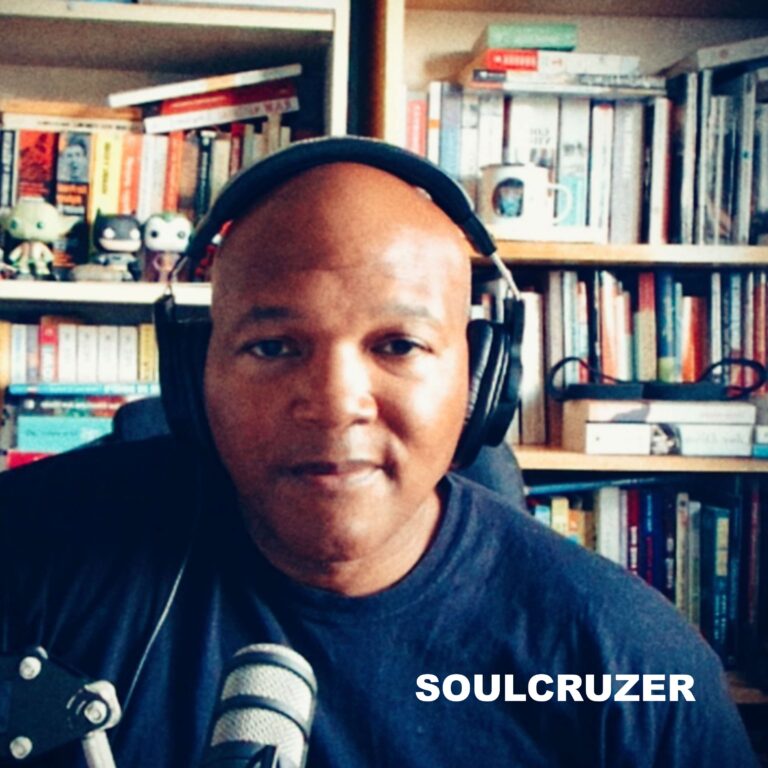Lecturer: Jungian Analyst, Kenneth James, Ph.D.
Using the Tarot to work on oneself
- Key Themes:
- Using the tarot to work on oneself.
- Receptive vs. inactive modes of using the tarot.
- Principle of synchronicity in tarot.
- Understanding the Major Arcana in relation to the individuation process.
- Receptive and Inactive Modes:
- Receptive Mode: Consulting the cards for clarification or insight, receiving knowledge.
- Inactive Mode: Using the cards to actively cultivate qualities or engage in active imagination, meditation, and pathworking.
- Principle of Synchronicity:
- Events are connected in time through:
- Causality: One event causing another.
- Temporality: Co-occurrence of events without a direct causal relationship.
- Synchronicity: Events are connected through meaning, not cause.
- Psyche and matter reflect one another and are connected through meaning.
- Tarot operates within this synchronicity framework.
- Events are connected in time through:
- Structure of the Major Arcana:
- Composed of three cycles of seven cards, each representing stages of life:
- Knowledge (cards 1-7): Development of personal identity.
- Understanding (cards 8-14): Exploring inner worlds and synthesising knowledge.
- Wisdom (cards 15-21): Embracing deeper consciousness and transformation.
- The Fool card (0) transcends all cycles, representing the journey of individuation.
- Composed of three cycles of seven cards, each representing stages of life:
- Detailed Breakdown of the Major Arcana:
- First Cycle (1-7) – Knowledge:
- The Magician: Harnessing personal power, using elements of life to shape experience.
- The High Priestess: Accessing inner wisdom and subconscious knowledge.
- The Empress: Fertility, creativity, and the nurturing aspect of life.
- The Emperor: Authority, structure, and order.
- The Hierophant: Outer spiritual wisdom, tradition, and teaching.
- The Lovers: Union of opposites, balance in relationships.
- The Chariot: Moving forward in life with balance but caution.
- Second Cycle (8-14) – Understanding:
- Strength: Mastery over inner strength, balancing power with gentleness.
- The Hermit: Inner reflection and wisdom, going inward for clarity.
- Wheel of Fortune: The cycles of life, fortune, and fate.
- Justice: Balance and fairness in decision-making.
- The Hanged Man: Changing perspective, surrendering old beliefs.
- Death: Letting go of what no longer serves, transformation.
- Temperance: Healing, balance, and patience.
- Third Cycle (15-21) – Wisdom:
- The Devil: Materialism, illusion, and bondage to false beliefs.
- The Tower: Destruction of old structures, forced transformation.
- The Star: Hope, inspiration, and guidance through difficult times.
- The Moon: Illusion, dreams, and the unconscious mind.
- The Sun: Joy, clarity, and new potential.
- Judgment: Awakening, realization, and life’s final decisions.
- The World: Completion, wholeness, and mastery.
- First Cycle (1-7) – Knowledge:
- Exercises for Participants:
- Daily Tarot Draws: Continue drawing one card per day and at the end of the week, review the cards drawn to create a narrative for the week.
- Tarot Autobiography: Shuffle the cards and select one with your non-dominant hand, reflecting on an event from your life that resonates with the card. Record how that memory aligns with the card’s meaning.
Key Messages:
- Synchronicity as a Framework: Tarot readings operate through the principle of synchronicity, where internal and external realities meet through symbolic meaning.
- The Tarot as a Tool for Self-Reflection: Beyond divination, tarot can be used to work on oneself, facilitating personal growth, deeper understanding, and individuation.
- Tarot as a Narrative Tool: The tarot helps create a narrative of personal and spiritual development through its symbolism, encouraging reflection and insight into one’s life journey.
- The Importance of Interpretation: While traditional meanings of cards exist, personal interpretations are valid and essential. Each person’s interaction with the tarot is unique, fostering a deeper connection to the self.
- Major Arcana as Stages of Life: The cards of the Major Arcana mirror the stages of life, moving from knowledge, through understanding, and into wisdom.
- Balancing Inner and Outer Realities: The tarot encourages balance between the conscious and unconscious, the personal and the collective, as well as inner wisdom and external guidance.
Discover more from soulcruzer
Subscribe to get the latest posts sent to your email.





